All About Gul Dongs

One of the most rare dog breeds is the Gul Dong, otherwise called the Pakistani Bulldog because of the breed's country of origin. This is a representative of serious breeds of dogs related to fighting dogs. Consider all the main characteristics of the Pakistani Bulldog in this article.
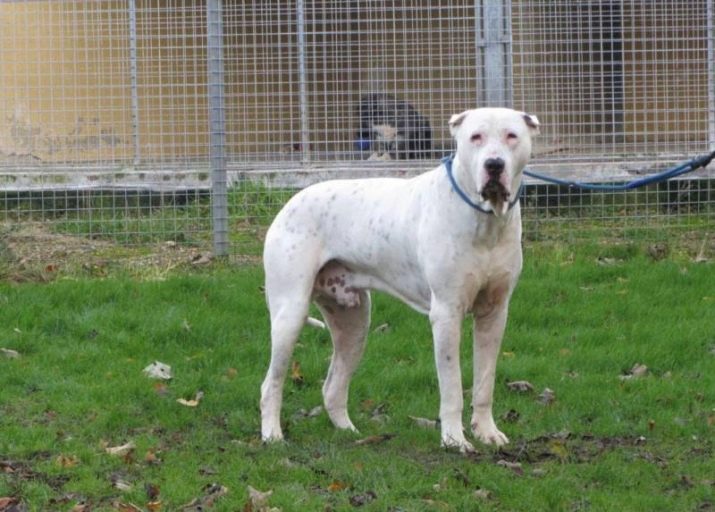
Description of the breed
This breed is about two hundred years old, originally from Pakistan, bred by crossing breeds such as Bully Kutta and Gul Terr for dog fights and competitions with a bear.
In addition, gul-dong is an excellent guard of both a private house and industrial premises, and a hunter of large, dangerous game (deer, wolf, bison, wild boar).
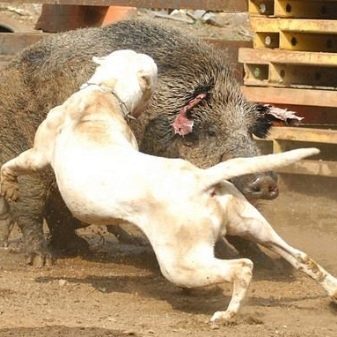

There are no analogues of this breed, as well as clubs and kennels for breeding. A very serious breed, however, it is almost impossible to find it in Europe, but it is very popular in the Asian countries of the central and southern part, India and Pakistan. In many countries of the world it is prohibited due to its aggressive nature.
Despite the fact that the breed is not recognized by any kennel club, it still has its own standards.
- The head is large, powerful, sometimes it seems disproportionate, the forehead is wide and flat, the muzzle is short, but elongated.
- If the dog is used for fighting, the tail and ears must be docked. The ears are cropped quite low, becoming short and protruding straight up. Without cropping, the ears are folded in a triangle forward. The tail is thin, tapering towards the tip, hanging down from the back. He does not rise high, even if the dog is in an agitated state.
- The eyes are small, widely spaced, almond-shaped, and the iris is usually brown or amber.
- The nose is black, round in shape, fleshy lips.
- The neck is of medium length, sometimes with a dewlap.
- The dog's chest is wide enough, strong, muscular. The belly is always pulled in.
- Massive limbs of medium length, rounded fingers, hard pads. The body itself is very powerful, athletic, the strength of the gul-dong is comparable to the Alabai.
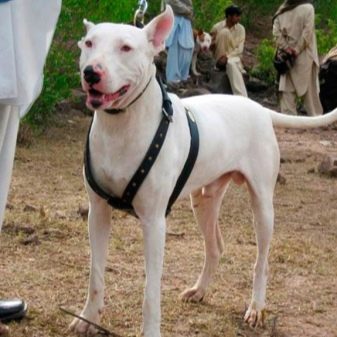

By gender, the height and weight of dogs differ:
- male - height at the withers from 80 to 105 centimeters, weight from 55 to 75 kilograms;
- bitch - height at the withers from 60 to 80 centimeters, weight from 45 to 57 kilograms.
The coat is thick, short, smooth and hard, often white in color with various spots. The most common color is white, with markings of different colors and shades. There are representatives of this breed of dogs with brindle, fawn, gray, brownish-red.
The spots, as a rule, of different sizes, are located throughout the body, to a greater extent prevailing on the abdomen, groin, limbs, and head. The back can be "stained" quite a bit. Also, dogs with pure white color are quite common.
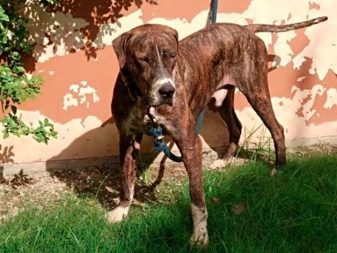
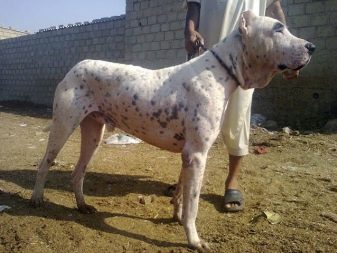
Advantages and disadvantages
Of course, the Pakistani Bulldog has many advantages and disadvantages. Consider all the advantages of the breed:
- the best helper in hunting large animals;
- with the right approach to education, it becomes the most faithful friend and protector;
- excellent security guard of a private house;
- maintenance is quite simple and does not require special expenses.
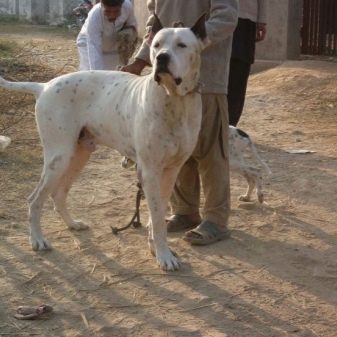

Cons of the gul-dong breed:
- not suitable for the role of a nanny for children and as a companion dog for the elderly;
- by nature it has a very aggressive character;
- one of the most dangerous breeds in the world;
- suitable only for experienced owners who are able to properly train the dog;
- you can buy such a puppy only in countries where they are popular, in Russia it is hardly possible.
Character traits
Gul-dong has a very tough disposition, he is smart and quick-witted, however, it is very problematic to train, since he is stubborn and likes to dominate. Therefore, families with small children or teenagers should refrain from buying such a pet. Even a puppy will be aggressive towards a child who wants to get close to puppy property. The gul dong has an instinct in his blood to guard and defend his territory. And such dogs will always be jealous of the owner of other household members.
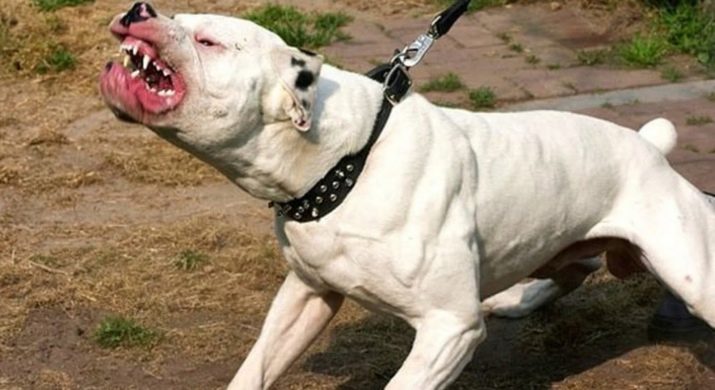
The fighting instinct in a dog is so strongly developed that it will be aggressive towards everyone who shows itself weaker, and will easily attack the enemy, whom it sees in everyone who is not an authority for it.
To avoid tragic situations, you should take this into account and think a hundred times - whether it is necessary to have a serious dog in a family where there are children who will definitely not be able to show themselves stronger.
In addition, gul-dong is very jealous of other fauna in the house, he is a very big owner. Gul-dong are not inclined to share their place, bowls and dog toys with someone else.
If from a young age he is brought into the home to the existing animals, then he will be able to get used to competitors and subsequently treat them normally, trying to make friends. It is very important that each of the household members becomes a leader for the dog, when he is still at a "tender" age, then the pet will be an excellent and reliable protection and a real friend for all family members.
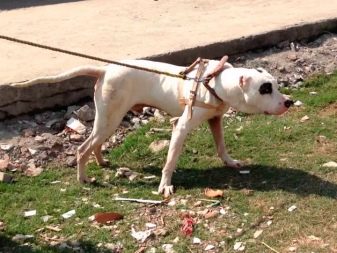
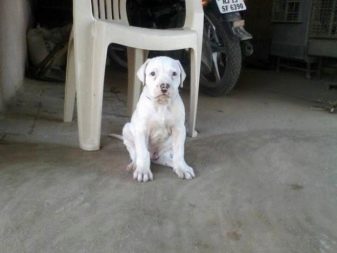
Content rules
The city apartment is not very suitable for this breed of dog, because they are very energetic and mobile. If you keep it in an apartment, then Provide your pet with a sufficient number of long walks with indispensable physical activity.
The easiest way to walk a gul-dong will be a lover of jogging, cycling or roller skating.
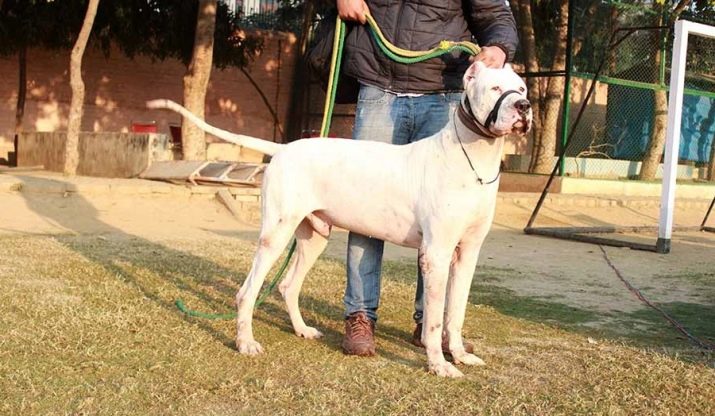
The Pakistani Bulldog does not suit urban conditions also because it has too strong aversion to any other animals and people. Remember to muzzle and have a strong leash when walking your dog where other animals and people may be encountered. Do not trust a physically weak person, child or woman to walk: gul-dong is a strong dog and in which case it is almost impossible to keep it.
The best conditions of detention would, of course, be a country cottage, where a fairly spacious aviary with a high hedge was built for the pet.
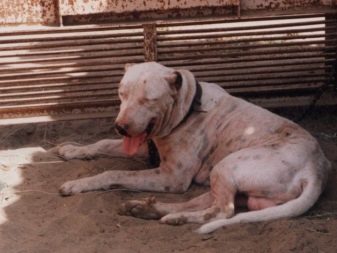
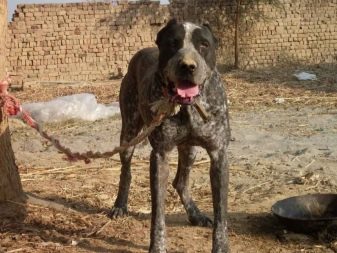
Despite the presence of an aviary and your own yard, the dog needs to be walked every day. As an energy release, train your dog for a long run - at least an hour in good weather and at least half an hour in bad, cold or rainy weather. If your dog gets wet in cold weather, dry the coat with a towel when you get home.
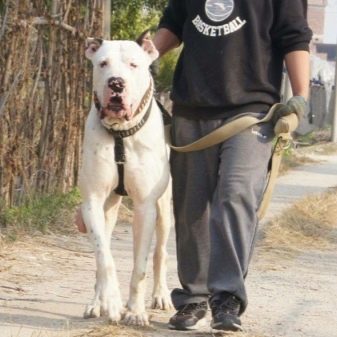
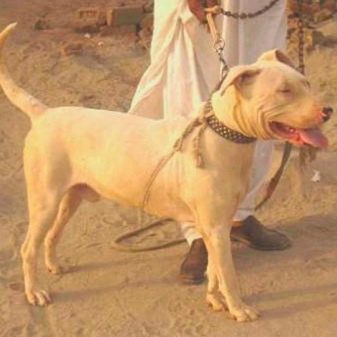
It is worth saying that Dogs of this breed do not tolerate drafts, frost and cold at all, having got used to the warm Indian climate and because of their short hair. But in the heat they feel good enough. Therefore, make sure that the booth is with a good fit of the boards without cracks, dry, insulated, and in winter it has a temperature of at least zero degrees, and better - higher.
Newly born puppies should be kept in a dry and warm box. A litter is usually six to eight heads. To choose a puppy for yourself, it is best to watch them when they are one month old. Here it will already be clear whether the puppies pass according to the standard, and you can see how they show themselves. It is recommended to choose the most affectionate and non-aggressive one if you are still going to have such a dog in an apartment or in an urban setting.
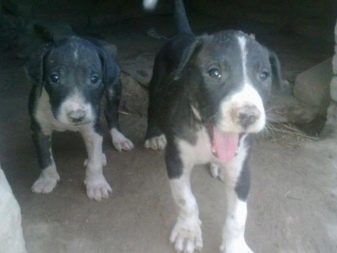
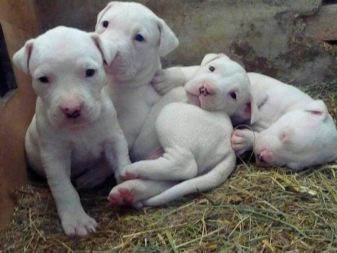
Gul-dong live from about 10 to 12 years. Of course, it all depends on the conditions of detention, proper nutrition and inherited qualities. There have been cases when the dog lived for more than 18 years.
But keep in mind that if the dog is used as a fighting dog, then the life span is reduced by several years.
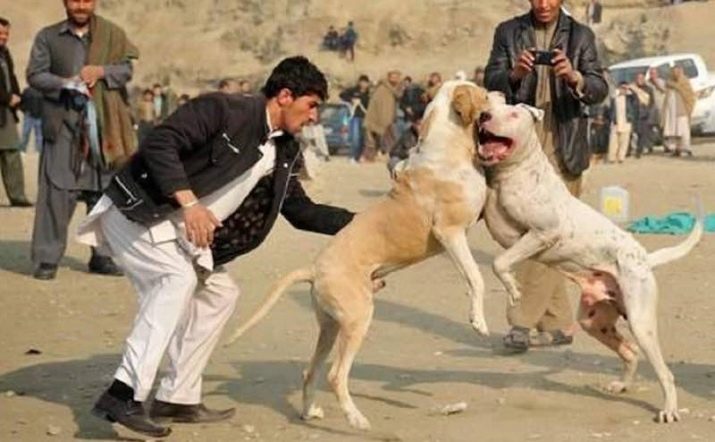
Education and training
To raise a reliable friend for yourself and your family, you need to start training at two months and continue it throughout the life of the animal. Only an experienced dog breeder who has experience in training such breeds will be able to adequately educate his pet. It is best if the owner of this dog is an experienced cynologist. Although not even all dog handlers will risk making such a four-legged friend: a lot of time and effort must be invested in this dog so that it is a friend, not a dangerous enemy.
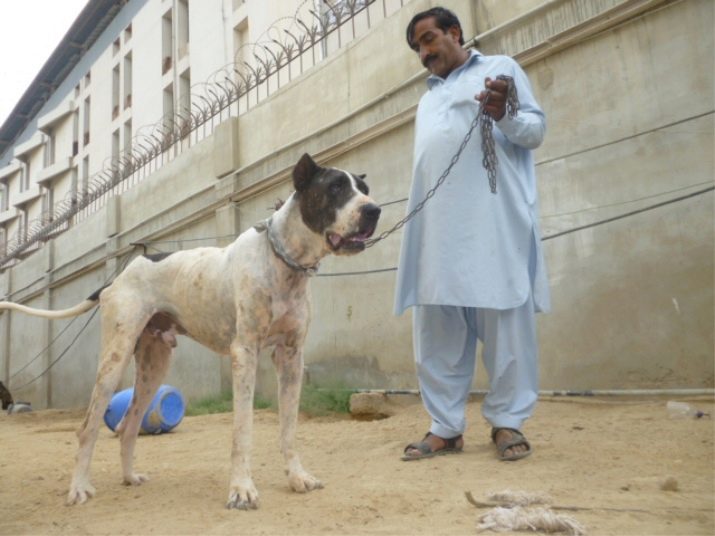
For training to be effective, you should immediately make it clear to the puppy who is in charge here. If this is not done, then subsequently it will be impossible to appease the temper of such a dog and it will not be he, but you, who will be subordinate in the house. In no case should you be gentle in training and forgive mistakes and mistakes. For the correct actions and commands, it is worth encouraging the puppy with a tasty treat and words of approval. Shouting or hitting the dog is not worth it.
Gul-dongs are very intelligent dogs, and if you become a leader for such a dog, then obedience will be complete and undeniable. However, showing aggression towards him, you run the risk of running into trouble. Of course, it is possible and necessary to scold for the cause, but it is worth doing it with a certain intonation in the voice, which the dog will unmistakably define as a signal to obedience, if you teach your pet to this from childhood.
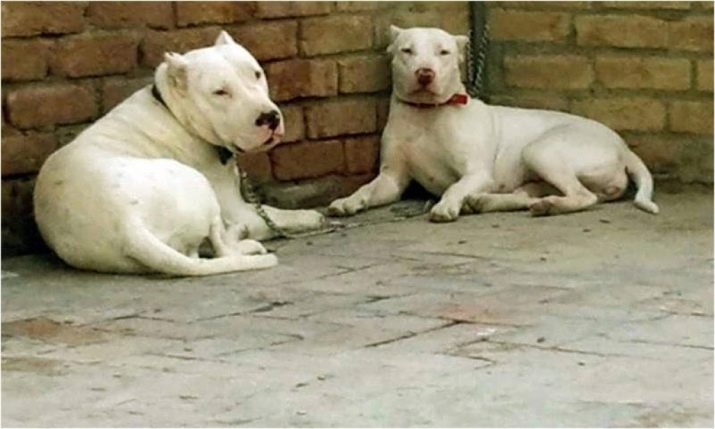
During walks, it is impossible for the dog to run ahead of you - it should always be about a step behind. Thus, it makes him understand who is in the dominant position.
You don't need to be on a level either, otherwise you will have to constantly prove your leadership qualities. Better to let the pet learn from an early age that he is the second in the social hierarchy.
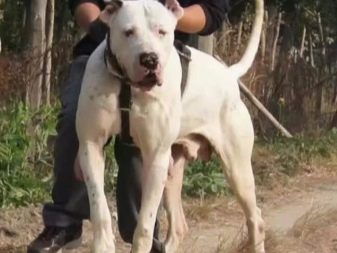

Depending on who you want to raise - a hunter, a guard or a fighter - devote more time to training in the chosen direction. Often chase the dog through special areas with obstacles, in the forest, practicing various commands that are useful for hunting, training the capture, use special protection measures.
How to care?
An indisputable advantage is the ease of caring for the representatives of this breed. Since the dog is short-haired, then it is quite enough periodically, a couple of times a week, to brush it with a brush with natural bristles or a specialized glove with a short-bristled surface and wipe it with a damp cloth... Scratching should be in the direction of hair growth on the whole body, except for the chest. Here you should do this from the abdomen to the neck. But combing the tail is not necessary at all.
You need to bathe your dog 2-3 times a year with a special shampoo... Various human hygiene products will not work. Get a special herbal shampoo. It should be applied on the whole body, except for the head, thoroughly lather and make sure that hygiene products and water do not get into the ears, eyes and mucous mouth.
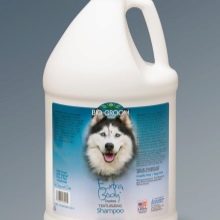
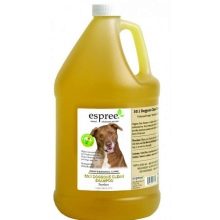

At the end of the water procedures, you need to wipe the dog dry with a towel. It is undesirable to use a hair dryer, as you can dry the skin with hot air, and a cold stream of air can chill a wet pet. So give your dog his personal terry towel.
Pay special attention to your ears. Check them daily. Wipe your ears with 3% hydrogen peroxide or chlorhexidine (no alcohol) at least once a week. Wipe only the visible areas of the ear from the inside to the outside. Make sure that the liquid does not penetrate deeply into the ear, unless these are special drops for deep cleaning of the ears. Teach your dog from childhood to hygiene procedures so that in adulthood there are no problems with this.
White dogs are more prone to deafness both congenital and acquired in the process of life than others. Therefore, carefully monitor the pet and, in case of the first suspicion, consult a doctor.
Use a damp swab to wipe the eye discharge. Do not use cotton wool for this purpose, so as not to leave small villi on the mucous membrane of the eye. This can lead to blindness. Better use a regular clean handkerchief. Also, do not wipe your eyes with wet wipes. The exception is special wipes for the eyes of animals.
If the eye discharge is abundant and tetracycline ointment does not help, then you should contact your veterinarian, as this may be an indicator of not only an allergic reaction or a cold, but also a serious illness. Also contact your veterinarian if there is no discharge at all.
GThe main problem of gul-dong dogs is their teeth. They need to be given the utmost attention. Once every three days, you need to clean them with a special paste and a soft toothbrush. The thing is that gul-dongs are more susceptible to the formation of plaque and calculus than other breeds, due to which a very unpleasant odor appears, as well as diseases of the teeth and gums. To avoid this, teach your pet to brush its teeth from childhood, in addition, buy him special treats that help get rid of this scourge.
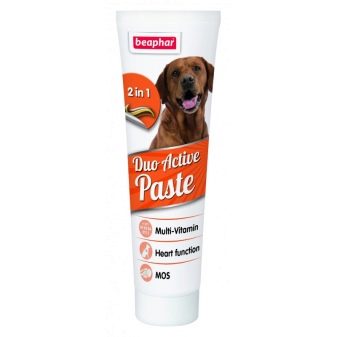
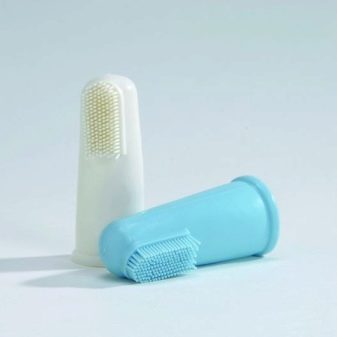
Rubber toys, special bones from tendons, and dry food will also help prevent tartar. Regardless of this, you need to brush with toothpaste at least once a week, especially during the formation of the bite and change of teeth.
The paste can be found at any veterinary office or pharmacy, as can specialized pills for brushing your teeth. But before using them, it is worth consulting a veterinarian. Healthy gul-dong gums are pink, if they turn red, then there is an inflammatory process, as tartar has appeared.
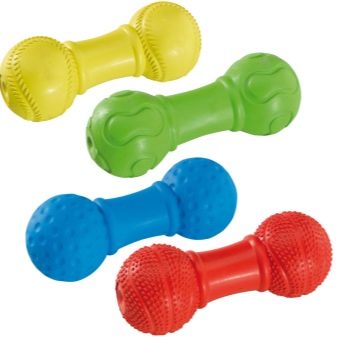
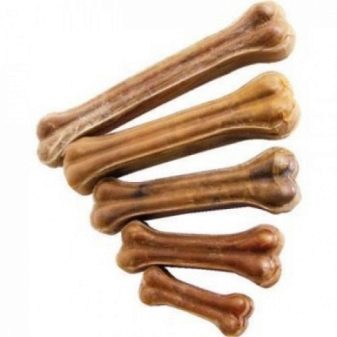
It is not recommended to remove the stone yourself; only a veterinarian can do this.
These are basic care guidelines. In general, gul-dongs, as a rule, are rarely susceptible to diseases, since they have good, stable immunity. However, there are several diseases that can be awarded to dogs of this breed by inheritance:
- instability of the psyche;
- allergic reactions to food, medications;
- education on the hip joints;
- poor blood clotting;
- diabetes;
- otitis media and ear inflammation;
- skin diseases.
At the first symptoms, if the dog begins to eat poorly or is too calm, does not respond to commands, it is necessary to contact the veterinary clinic.
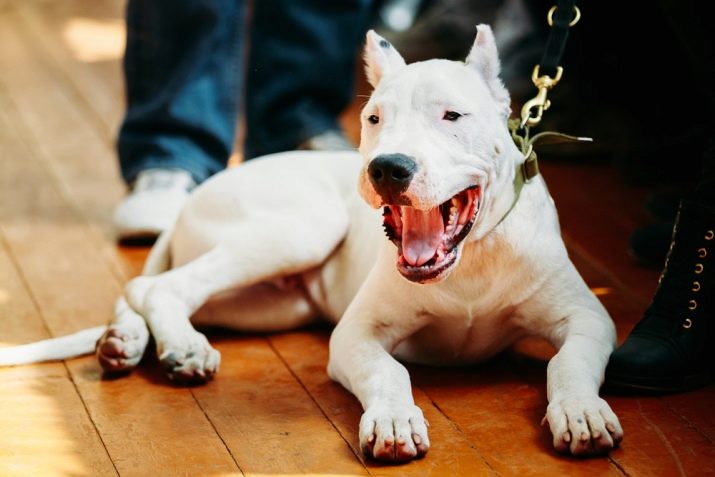
What to feed?
Here you have two options: feed homemade food or use balanced prepared foods. You should not combine both of these options in order to avoid health problems.
Up to one year old, the puppy should be fed up to six times a day in small portions. If you consider in more detail, then such a number of meals should be adhered to for up to four months; then up to six months you need to feed four times a day, and from six months to a year - three times. This will provide the growing body of the baby with the formation of the correct bone, muscle and fat mass.
After a year, you need to transfer the dog to two or one meal a day, but with an increase in the portion. For the skeleton to develop well, it is necessary to include foods that contain calcium in the diet. These include kefir, cottage cheese.


You should not drink milk to avoid diarrhea and digestive problems due to the high content of casein in it.
Vegetables must be boiled or scalded with boiling water. After cooling, mix them with oatmeal, buckwheat or corn porridge and add vegetable oil.
For a balanced diet, the main ingredient is lean meat or meat by-products. The latter should be given only to adults who can easily chew them well. It is better to use chicken, beef, veal or rabbit meat. A turkey is fine too.
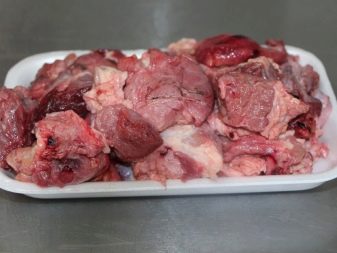
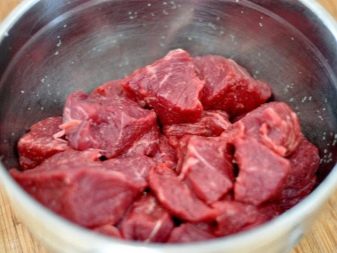
You do not need to cook it - just pour it over with boiling water or give it raw. You should not get carried away with fish. It can be pampered very rarely, for saturation with vitamins and amino acids. Fish bones should be selected carefully. Any others can be given without fear. Eggs should also be included in the diet.
When choosing ready-made dog food, do not skimp and feed premium food. Cheap ones for this breed will not work. In any case, whatever food you choose, you need to supplement it with special vitamins, which will help you choose a veterinarian. You also need to constantly monitor so that the dog has enough water and it is freely available.
This is especially true for those dogs that eat dry food. Swelling in the stomach, they take away all the liquid available there, which is why the pet will need constant replenishment.
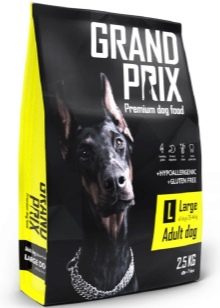
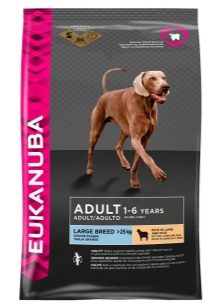
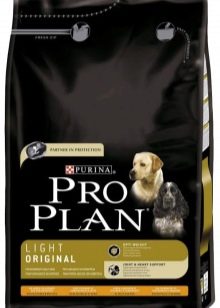
When balancing the diet for a pet, it is worth considering that it is necessary to completely exclude such foods:
- sugar;
- salt;
- condiments and spices;
- milk;
- fatty meats (pork, lamb);
- legumes;
- bread, baked goods;
- potato;
- sweets, cookies.
When trained, as a "gingerbread", you can reward with cheese or crackers, cooked on your own without any spices.
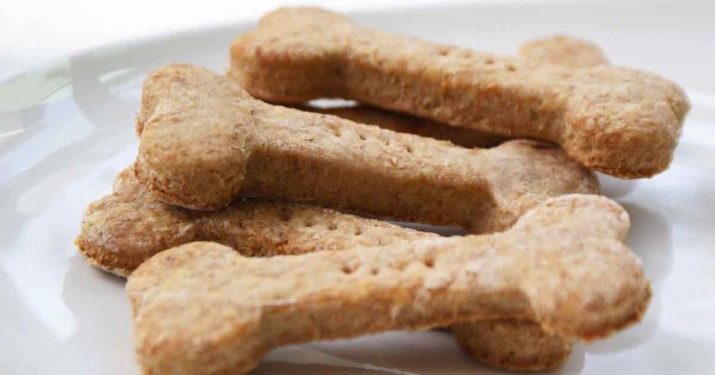
For an overview of Pakistan's fighting dogs, see below.






































